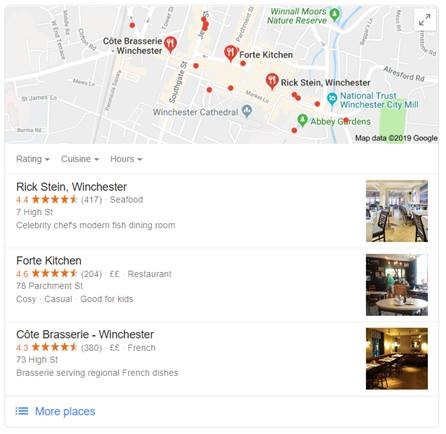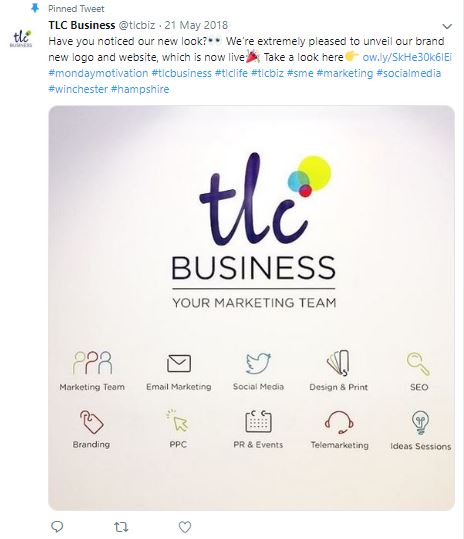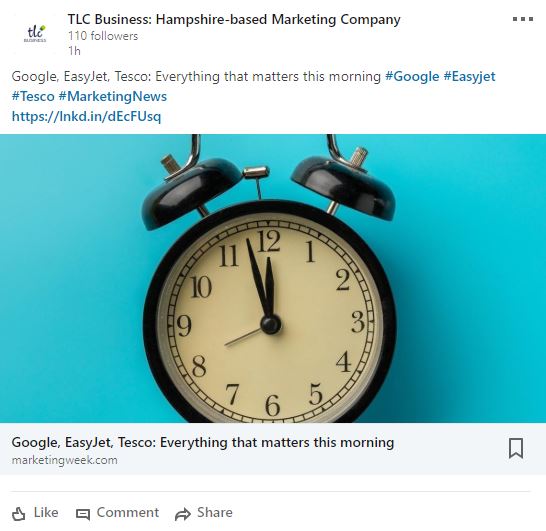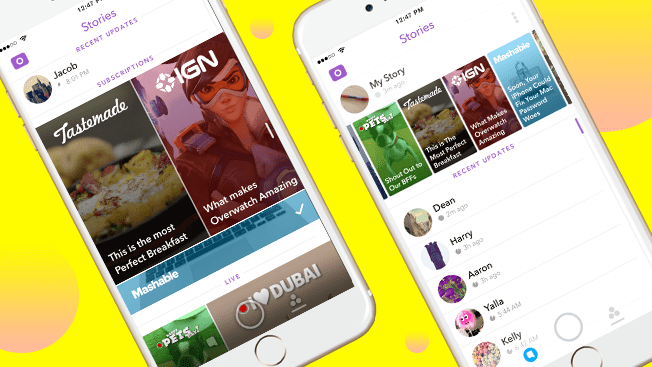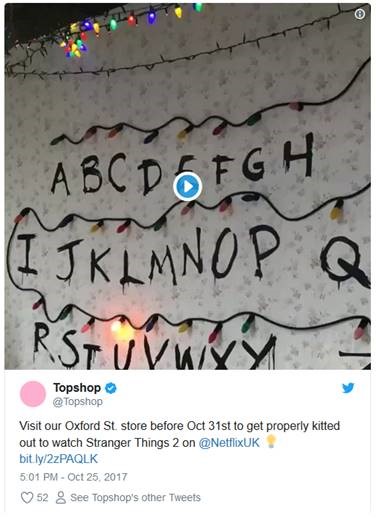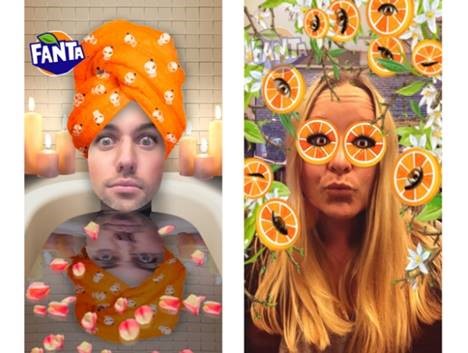Top 5 Reasons to Hire a Marketing Agency
Working with a marketing agency definitely has its benefits, so we’ve put together 5 of the top reasons to outsource your marketing needs:
1) New perspective
An outsourced marketing team acts as a great sounding board for ideas and will make sure you have a consistent joined-up marketing strategy across your business. They’ll be able to suggest tried and tested methods that you may not have thought of, and help generate new creative ideas, so you can start seeing positive results quickly.
If you’ve spent years entrenched in your business, jargon and acronyms become second nature, but they can be confusing and off-putting for new customers. By working with a marketing agency, you can check everything makes sense and refocus on what is most important to grow your business.
2) More time to focus on your business
Developing a marketing strategy, planning content and delivering your strategy effectively – from lead generation and email campaigns, to researching content for your next blog – all take time.
A marketing agency can take the pressure off and do it for you, so you can save time and use your resources wisely, by focusing on the important things (that you know inside out) like running your business.
3) Save money
Although there is an initial cost, when you think about it, working with a marketing agency instead of having an in-house marketing team will soon save you money. You won’t need to spend out on salaries, benefits, training, office space, equipment, invest in the latest marketing tools or upgrade with technological advancements.
4) Expert knowledge
It’s hard to be a jack of all trades, so if you need help with telemarketing, event management, PR, copywriting, design or SEO (search engine optimisation) – hiring a marketing agency could be just what you need, as you’ll have expert knowledge and resources at your fingertips.
Working with a team of skilled passionate professionals, you’ll receive top advice across a broad spectrum of marketing.
Do you have a big event coming up, or a new product to promote, but no experience in design? With access to a designer you’ll soon have something eye-catching that appeals to your target audience.
Are you struggling to get your website to appear high up the Google search rankings?
Having SEO experts on your side will definitely help. You may find PPC (Pay-Per-Click) could also be an option worth exploring.
Are you finding your target audience isn’t engaging with your content?
Social media experts will help to get your posts noticed and copywriters can put together engaging content and help with PR.
Whatever your issue, a marketing agency will work with you to find the best solution.
5) Get results
Good marketing agencies will be committed to understanding your goals and creating a marketing strategy that delivers positive results. With access to the latest technology, they will be able to monitor campaign results and ensure the marketing strategy is working.
So whether you are looking to grow your business, appeal more to your target audience, build your brand awareness and stand out in a crowded market, or create engaging content to increase your followers – a marketing agency is well placed to do it all.
To arrange a free virtual marketing ideas session with our friendly outsourced marketing team, call 01962 600 147 or email info@tlc-business.co.uk





